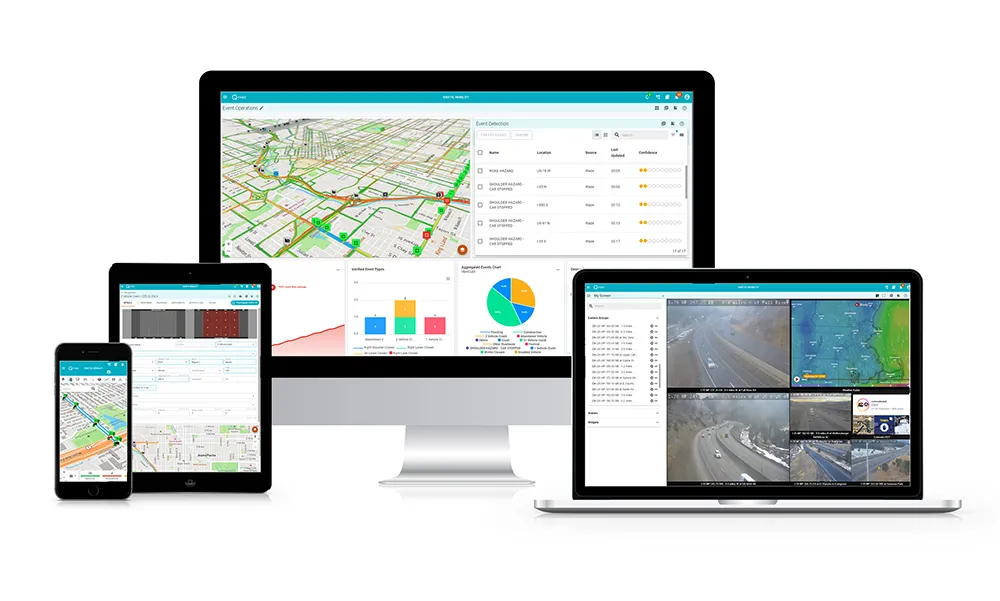
This device addresses a major challenge for road operators and traffic managers: to improve a traffic signal system at several intersections, it is necessary to set-up an IP-based networking system for signals management and monitoring over the Internet and integrating an IP CCTV surveillance system over the same network is useful.
However, laying Ethernet cables between intersections isn´t practical and fibre optics may not be an option. Re-using existing two-wire telephone-grade copper wires stretching between intersections is a cost-effective solution and Moxa´s Managed DSL Ethernet extenders can help to create a network that is both fast and reliable enough to handle network packets for both traffic signals and IP cameras.
The IEX-408E-2VDSL2 units Moxa has unveiled here at Intertraffic can easily be linked in series to form a long distance multi-drop configuration, with one unit located at each drop-point. Adjacent drop points can be separated theoretically by up to three km, with a transmission speed of 1 Mbps achieved using a VDSL2 connection (with a connection distance of 300 m, a transmission speed of 100 Mbps can be theoretically achieved).
Each IEX-408E-2VDSL2 unit provides six 10/100BaseT(X) and two DSL ports, giving users an incredible amount of flexibility for linking together a wide variety of devices separated by vast distances.
Ethernet redundancy is provided by Turbo Ring, Turbo Chain, RSTP/ STP, and MSTP. A state-of-the-art controllable bypass solution on the DSL ports increases the system reliability and availability of the network. The IEX-408E-2VDSL2 series also supports advanced management and security features.









